In 2025, when people talk about the beauty of Russia, many images of majestic mountains and stunning nature flash through their minds. However, behind this shiny facade, there is another side – the problem of urban pollution, which continues to worry society. In this article, we will take a look at the dirtiest cities in Russia in 2025, reveal the causes and consequences of this problem, and discuss possible solutions.
What distinguishes a "dirty" city from a "clean" city? No, we are not talking about the work of public utilities and the ability of janitors to swing a broom - this time we will talk about the environment. It is no secret that many city residents, especially large ones and those with large manufacturing plants nearby, complain about the environment. And these complaints are not made up - according to statistics, up to 140 thousand residents of the Russian Federation die every year from diseases related to "poor ecology" - about 5% of the total number of deaths.
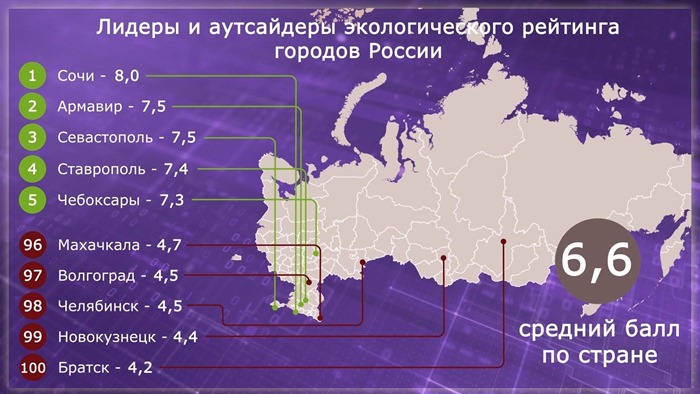
This year, the Ministry of Natural Resources decided to reveal its cards and compiled list of the dirtiest cities in russia 2025, the ecology of which may be hazardous to health.
1. Bratsk

Bratsk tops the list of the 10 dirtiest cities in Russia. According to scientists, the environmental situation is to blame for the increased incidence of cancer among city residents. If the air remains polluted at the same level, it will only get worse. The reason, as usual, is a number of large industrial enterprises located within the city, including a pulp and paper mill, an aluminum plant, and a hydroelectric power station. It is especially unpleasant for residents of the central district, where the winds carry all the unique industrial aromas.

In addition to emissions from factories, the atmosphere of Bratsk is poisoned in the summer by regular forest fires, which burn out huge areas every year.
Fortunately, the city's residents have an outlet - the "Brotherly Sea", or reservoir, where no one dumps wastewater and on the shore of which you can safely and calmly swim and sunbathe.
2. Novokuznetsk
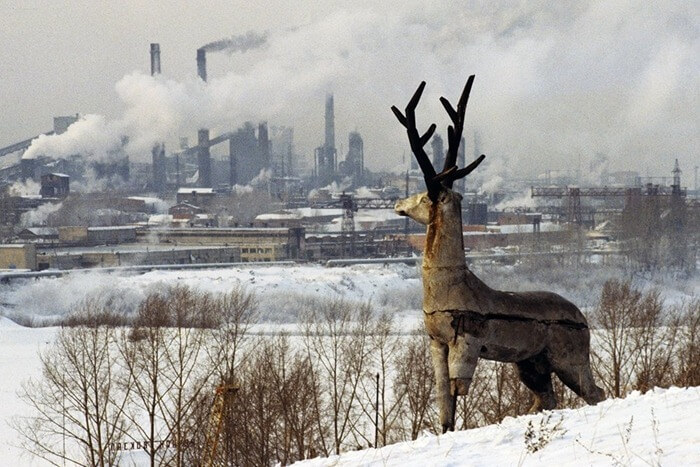
Another large industrial Siberian city with an unusually unfortunate location - its territory is surrounded by mountains, which prevent the winds from blowing through the city. As a result, smog, consisting of automobile and industrial emissions, stagnates over the city.
There are many enterprises in Novokuznetsk – these are ferrous and non-ferrous metallurgy plants, coal plants, and thermal power plants, without which no large city can do. As usual, thrifty owners are in no hurry to modernize equipment – as a result, more than 80% of harmful substances easily pass through filters. Therefore, every year up to 300 tons of harmful substances enter the city’s atmosphere, which are inhaled by Novokuznetsk residents due to low air circulation.
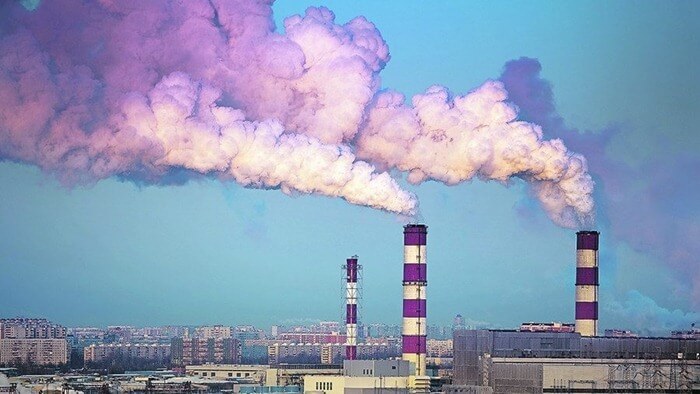
There is also a problem with landfills in the city - the existing ones cannot cope with the volumes of garbage. Therefore, random landfills are growing, where citizens dump their waste, which adds unique notes to the atmosphere of the city.
3. Chelyabinsk

The rating of the dirtiest cities in Russia in 2025 would be incomplete without the "city of tough men". Historically, the concentration of large industrial enterprises is greatest beyond the Urals. Therefore, Siberians suffer the most from poor ecology. Chelyabinsk is no exception. Both in the city itself and outside it, there are many industrial enterprises. As a result, Chelyabinsk residents breathe air with an increased content of various harmful chemicals - for example, phenol, hydrogen sulfide, formaldehyde, and so on. Smog hangs in the city almost around the clock.

The city's location adds to the problems - most often (from a third to half of the days a year) there is no wind, or at most a light breeze. Without air movement, air masses do not mix, and emissions accumulate in the lower part of the atmosphere. And Chelyabinsk residents are forced to breathe this. The city is also among the worst in Russia in terms of living standards.
Another reason for the unfavorable ecological situation in the city is that there is nowhere to dump garbage. The main city dump was completely full a quarter of a century ago, and this giant mountain of garbage starts to burn from time to time in the summer months – adding problems to Chelyabinsk residents. Oh yeah, and swimming in the reservoirs near Chelyabinsk is highly discouraged.
4. Nizhny Tagil

Nizhny Tagil was given a special mention in the May presidential decree as the only city in the Sverdlovsk region - the highest will ordered to reduce the amount of emissions into the city's air by at least 20%. The party said: "We must!" The bourgeois answered: "Yes!" Environmental organizations of the city note the increased activity of factory owners to implement the decree. Despite the fact that this will hit their wallets hard, because ecology is an expensive matter. According to calculations, at least 3% of funds should be allocated from the budget to maintain the city's environmental situation in an acceptable form. In reality, naturally, no more than 0.02% is allocated.

There are several large industrial enterprises in Nizhny Tagil that contribute to pollution, including the famous Uralvagonzavod from YouTube videos. The leader among them in terms of emissions is the Nizhny Tagil Metallurgical Plant. In addition to the air, the enterprises also poison the water by dumping wastewater into water sources. True, the situation is no longer as catastrophic as it was in the early 90s - many "dirty" enterprises went bankrupt and fell apart, and the remaining ones at least somehow observe decorum.
5. Magnitogorsk
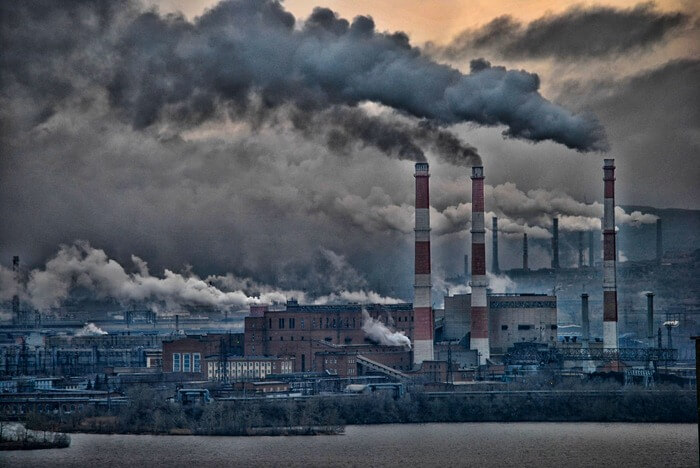
Magnitogorsk is also on the list of the dirtiest cities in Russia in 2025 in terms of ecology. The local metallurgical plant is one of the largest iron ore processing plants in the country. As a result, the concentration of harmful substances in the atmosphere is exceeded by 10-20 times, despite all the efforts of the plant's management.
The waters of the Ural River, which unfortunately flows by, have also undergone changes – for the sake of the plant, the river was fenced with a dam, from where water is taken for the needs of the enterprise. However, the used water, although having passed through filters, is discharged there. As a result, eating fish caught from there is literally life-threatening.

The residents of the left bank of the Urals, where production is concentrated, suffer the most. The city government decided to build exclusively on the right bank of the Urals, where the ecological situation is more or less favorable (and to resettle the "left bankers" there). In the future, it is planned (someday, when there is enough money) to build several small satellite towns of Magnitogorsk, place them in forest areas and build roads to the city. There are rumors that this will be cheaper than trying to modernize the city as it is now.
6. Norilsk
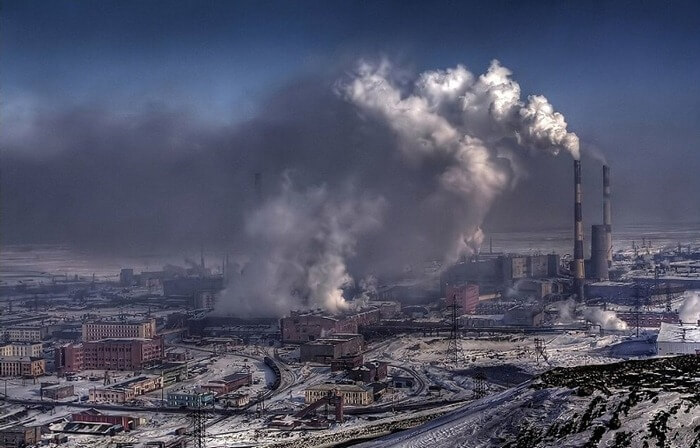
The main cause of Norilsk pollution is the work of the local metallurgical plant "Norilsk Nickel". Every year, it generously throws two and a half million tons of sulfur dioxide into the air, which covers the city.
As a result of the plant's operation and the poor condition of the treatment facilities, the water in Norilsk is a unique turquoise-green color due to the increased content of copper sulfate. The surrounding coniferous forests are leafless - their needles were burned by acid rain. Sewage discharges have destroyed all the flora and fauna in the lakes near the city. At least, thanks to strong winds, smog in Norilsk almost does not last.
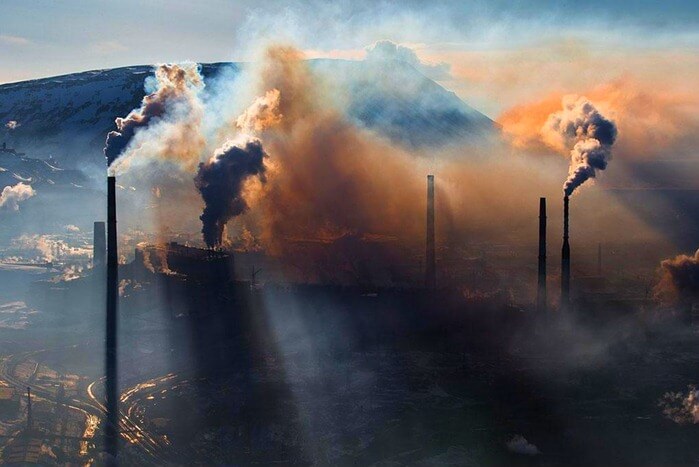
It is not surprising that Norilsk is on the list of the most ecologically polluted cities in Russia in 2025. The only consolation for Norilsk residents is the fact that Norilsk is not yet the leader in the world ranking of the dirtiest cities in the world. It is confidently overtaken by Chinese and Indian cities: there, the situation with industrial emissions into the air is even worse.
7. Omsk
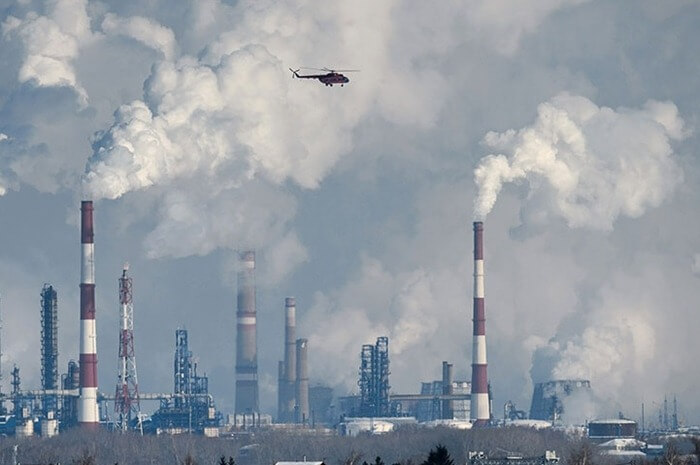
The best way to characterize the environmental situation in the city is by the presence of the largest oncology center in Siberia. For many years now, Omsk has been among the top five Russian cities whose population suffers most from cancer. The reason for the unfavorable environmental situation is the many industrial enterprises located in the city. The poultry farm also adds to the aromas - thanks to it, residents of nearby microdistricts do not dare to open their windows to air out their apartments. And although there are no enterprises in the city center, their absence is more than compensated for by cars.

The Irtysh, on the banks of which the city is located, although considerably shallow, is capable of causing many problems to those who dare to swim in it. There is E. coli, staphylococcus, and other bacteria that would not mind settling in a person.
True, since 2010 the city has been trying to reduce emissions. To do this, filters are being installed at the thermal power plant to capture particles from smoke, and the plant equipment is being modernized. All that remains is to solve the garbage problem, which is critical in Omsk - two of the three landfills are closed, and the third cannot cope with the gigantic volumes of trash that the city of a million people spews out every day.
8. Krasnoyarsk

Krasnoyarsk has long been firmly located beyond the red line of environmental safety. Scientists believe that if everything continues as it is, in 70 years no one will be able to live in the city. Except for cockroaches - they will survive everywhere.
In February 2018, the city was filled with yellow fog, almost like in a Stephen King novel. And residents, especially those suffering from respiratory diseases, were advised not to go outside at all. The concentration of harmful substances in this yellow fog far exceeded the norm. And city residents regularly observe a phenomenon they call "black sky". It is not yet coal-black, rather dark gray, but we suspect that the best is yet to come.
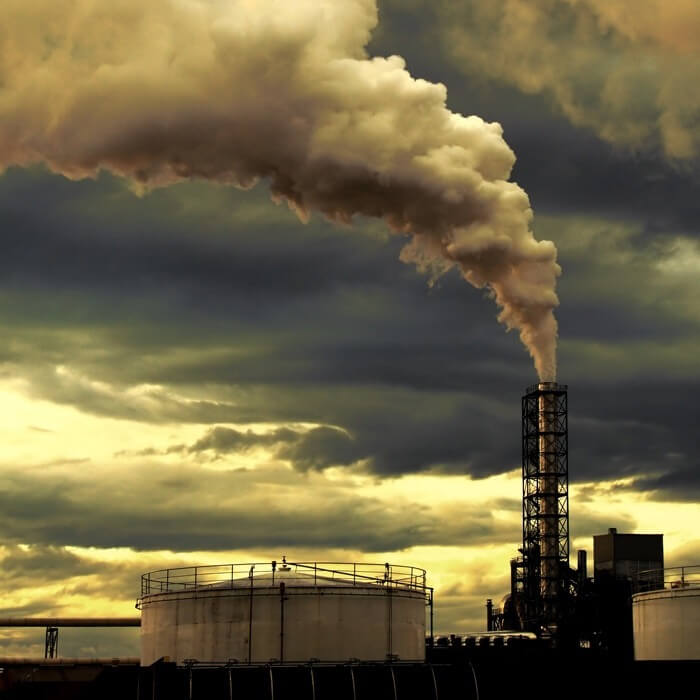
As usual, industrial enterprises (especially the aluminum plant, which is constantly increasing its capacity) and thermal power plants are to blame; the amount of automobile exhaust is no more than 35% from the unique atmosphere of the city. And most of all, human greed is to blame - both large enterprises and private ones use very cheap low-quality coal as fuel. Electric boilers are not available to everyone because of high prices. So they heat. So the soot settles on the windows, walls and the ground.
9. Lipetsk

Like Norilsk, Lipetsk suffers from the consequences of having a large industrial plant within the city limits. The Novolipetsk Metallurgical Plant generously "gives" Lipetsk residents 290 thousand tons of harmful emissions per year. And although it is located on the left, low bank of the Voronezh River, and residential buildings are on the higher right bank, but still, with a south-east wind, the characteristic smells of a large industrial plant, including the stench of hydrogen sulfide, penetrate into the apartments of city residents.
The city is also regularly rocked by scandals - someone quietly releases harmful substances into the air at night in quantities significantly exceeding the norms. But who does this is a mystery shrouded in darkness.
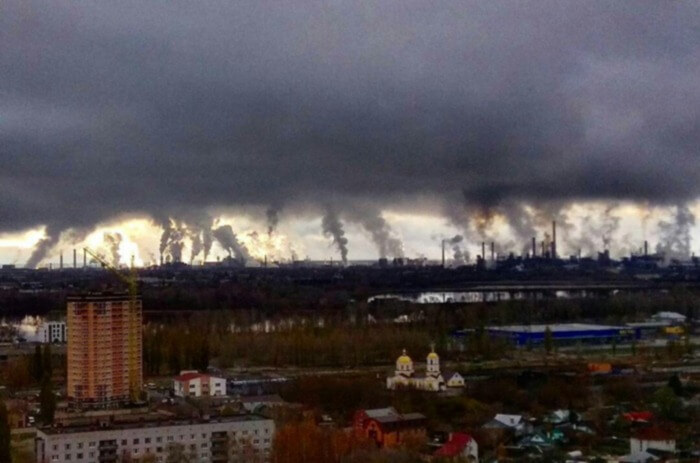
In addition to the enterprise, cars also add their unique notes to the city's atmosphere. About one third of harmful substances in the air are the work of their wheels. Concerned Lipetsk residents have introduced continuous monitoring of air quality (by the way, Lipetsk is the only city in Russia that has implemented such a system) and are trying to modernize traffic in the city in order to reduce the amount of exhaust emissions. However, as evil tongues say, this was done primarily to saw off the budget - since the results are somehow not visible.
The townspeople are lucky only with water – underground sources have not yet been affected by industrial damage.
10. Chita
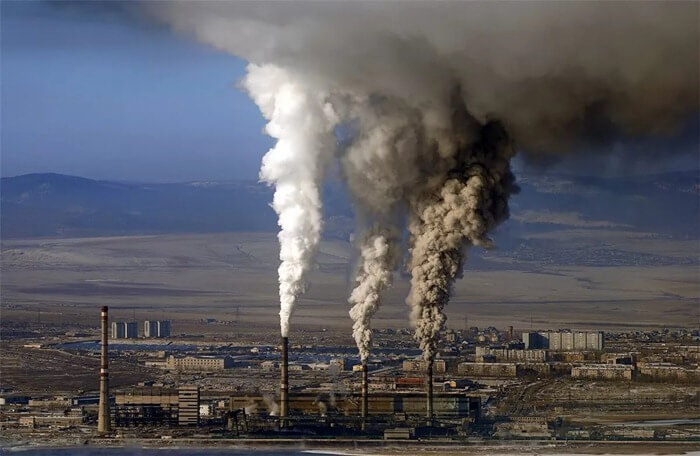
For many years now, Chita has been one of the most polluted cities in Russia (the list, in addition to Chita, includes nine more sufferers). Paradoxically for such a small city (Chita's population does not even reach 350 thousand people), one of the reasons is the number of cars per capita. No, not even Moscow or St. Petersburg, but Vladivostok, outstrips Chita residents in their love for iron friends. The city is located in a basin, surrounded by hills, built up in a densely packed and multi-story building - as a result, air circulation is almost non-existent and, although strong winds often blow there, in winter Chita is covered with a thick cap of smog.
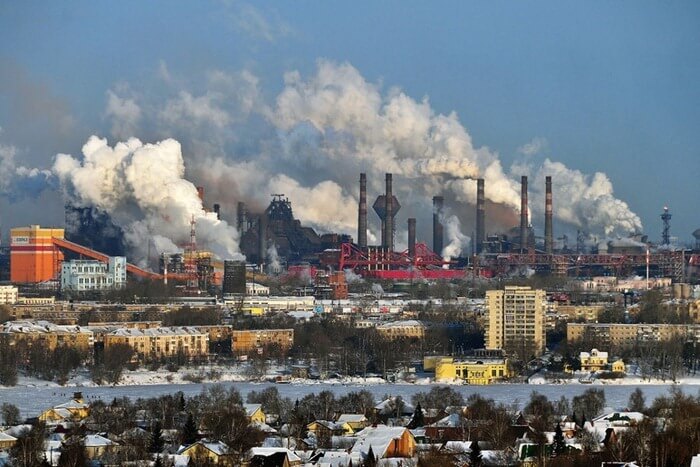
The ancient heating system of the city – the thermal power plant, both the first and the second, as well as the city’s boiler houses, add “flavors” to the hellish mixture; they use coal and fuel oil as fuel. As the Chita residents say, you only have to drive a few kilometers away from the city – and you can see a dirty brown fog hanging over the city, and only black smoke from the thermal power plant cuts through it. They say, however, that the boiler houses are being converted to more modern types of fuel, but the results are not yet visible – Chita still remains one of the “dirtiest” cities in Russia.
8. Cherepovets
Despite its small population (just over 300,000 people), Cherepovets is a major industrial center in Russia, home to the country's second-largest steel plant. In addition, there are two more industrial plants operating there, with the highest environmental hazard category, the first.
And if we add here that in addition to these three enterprises, there are about 300 more factories in the city... It is not surprising that cancer, and lung cancer in particular, is in second place in the number of diseases in the city.
12. Mednogorsk
The list of the dirtiest cities in Russia in 2025 ends with Mednogorsk, located in the Orenburg region. This is one of the so-called "monotowns" - settlements that arose around some large enterprise or deposit so that the staff had a place to live, and their families - a place to study and shop.
Mednogorsk grew up around a copper pyrite deposit, where a copper-sulfur plant was built in the 1930s. After the mine closed, the plant continued to operate, but switched to imported raw materials. There is another large plant in the city that has remained since Soviet times – Uralelectro.
But "industrial" air is not the only environmental problem of Mednogorsk. The mine left behind a legacy - a quarry where copper was mined. Over half a century, water flowed into it, which turned a poisonous green color and began to seep into the groundwater, gradually poisoning it. In the local river, environmental experts discovered record levels of copper and zinc, exceeding the standards by more than 30 times!
Factors of air pollution and formation of NMU

First of all, smog is to blame for human diseases – a toxic fog, which contains many harmful substances that can harm the respiratory system. And not only it – dirty air can cause immune system disorders, cause high blood pressure, the occurrence of pathologies in infants, and can also exacerbate the course of cardiovascular diseases.
Smog occurs due to automobile exhaust (the more cars there are in a city, the harder it is to breathe), as well as from harmful emissions if industrial enterprises are located within the city limits or in close proximity to it.
The location and layout of the city play an important role - if it is located in a poorly ventilated lowland, then the chances of residents getting respiratory diseases become higher
How will the ecology in Russia be improved?
In addition to compiling this list, the Ministry of Natural Resources also proposed a bill on environmental information to the State Duma.
As officials claimed, a program to improve environmental safety would be launched in 2019, but as we see as of 2025, nothing has changed. The environmental regulation system is that dirty enterprises had to switch to more modern and less dangerous for the environment production methods. First of all, the changes were to affect those 300 factories that are responsible for more than half of all industrial emissions in Russia.
So for now, residents of these cities from the list will have to breathe what they have or look for another place to live.

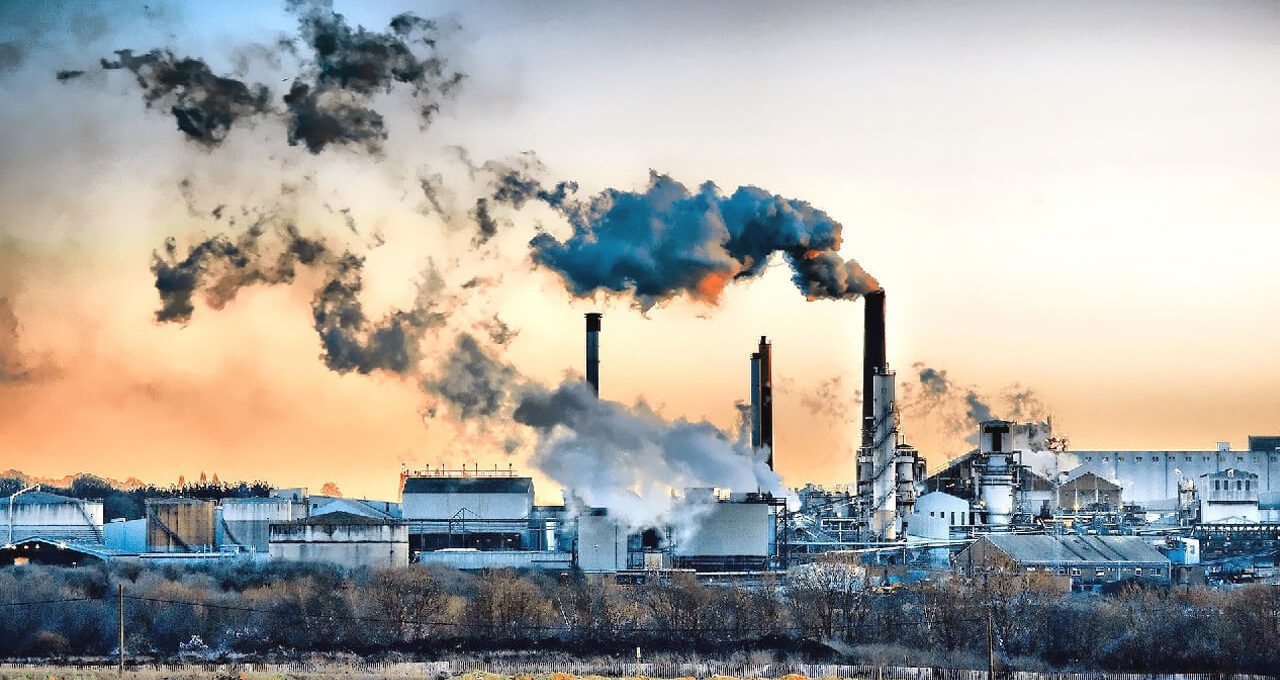


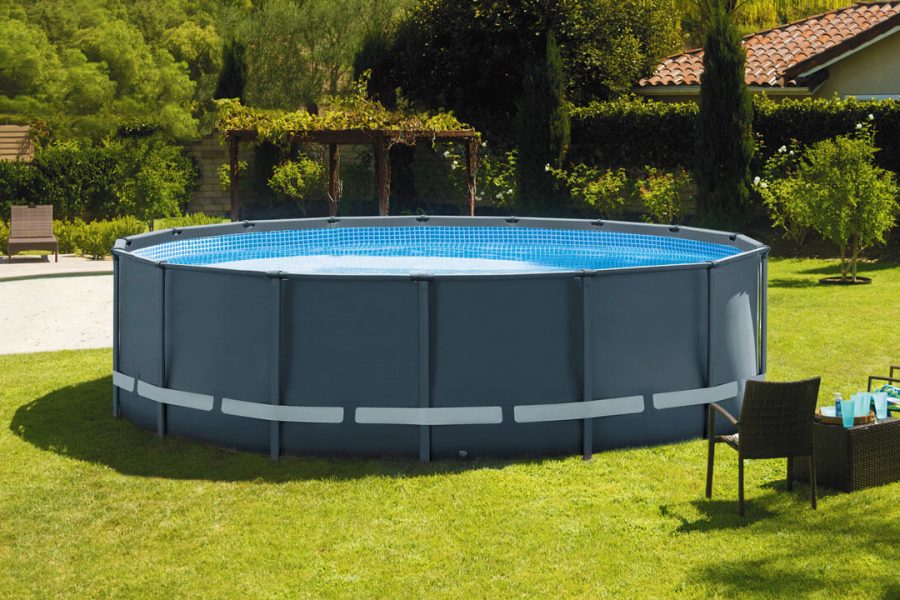
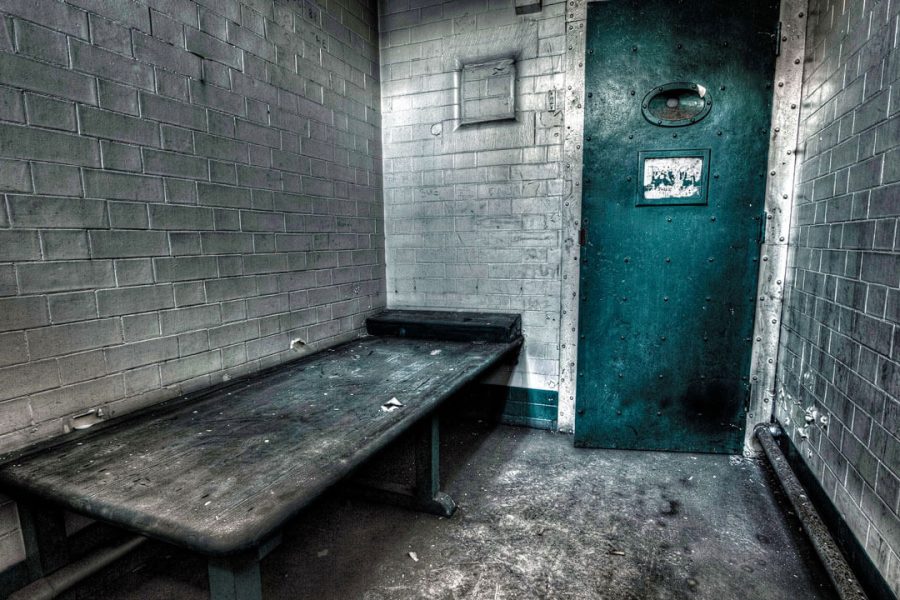








heh I live in Bratsk my dream is to go to Krasnoyarsk
I'm suffocating in Novokuznetsk, and it's only in 6th place! I can't leave - I have an elderly mother in my arms. I'll have to endure this legal "genocide" for a while longer!